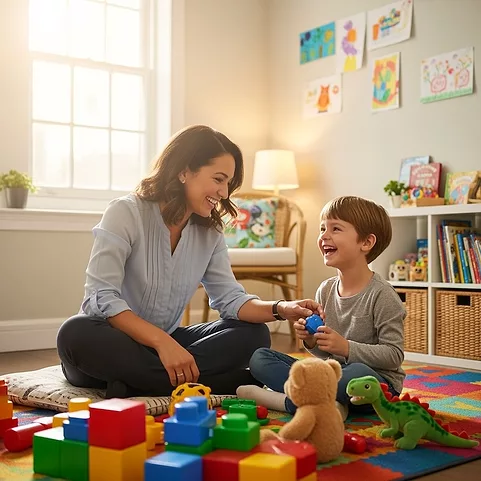Misuse of d-Amphetamine
Ample evidence exists to support the notion that drugs are used to enhance social situations, with different effects depending on the specific drug consumed. Based on the extent of rewarding interactions while on a drug, one is more or less apt to repeat use. In a recent study, 36 normal, healthy adults (aged 18 to 35), with no current axis i diagnosis but history of light to moderate recreational drug use, were engaged in a three session, double-blind study comparing placebo, 10 mg, and 20 mg strengths of d-amphetamine. participants completed three tasks in counterbalanced order (“counterbalanced” means the tests were presented in every sequence possible).
In the first task, called the visual probe task (VPL), subjects were shown pictures of actor’s faces posing one specific emotion next to that of a neutral emotion. Data was gained from whether the subject initially gazed toward the emotional or the neutral face (called “initial attentional bias”) and the time looking at the emotional face versus the neutral face. Both were measured (resulting in “total attentional bias”) with electrooculography.
In the second task, called the dynamic emotion identification task (DEI), subjects were shown a procession of pictures of posed emotions and were asked to push a button when they had identified the emotion. During this timed task, the subjects’ facial responses in the zygomatic and corrugator muscles were measured by electromyography (EMG).
In the third task, called the talking task, subjects conversed with the research assistant about an important person in their life as the number of words spoken was measured.amphetamine did not affect initialor total attentional bias during the Vpl. The DEIT task showed that amphetamine 20 mg slightly, but significantly, lowered the intensity of emotions in the pictures required for identification of the emotion, with negative emotions (ie, fear, anger, sadness) requiring lower intensities than happiness. amphetamine also increased the subjects’ facial response to increasingly negative emotions, but not to happy ones. The talking task demonstrated amphetamine’s significant effect on increased talking.
The authors report that although amphetamine did not alter attention, identification, or reactivity to happy emotion, as they had predicted, the increased response to negative emotions was a key finding. They argue that the stimulant medication may increase one’s sensitivity to subtle cues of emotion, which positively effects talkativeness and thus improves social connectedness. They surmise that positive reinforcement from socialization then increases the desire to repeat drug use.
Alternatively, the authors and past research (Dawe et al, Curr Opin Psychiatry (2009) 22:269–273) suggest the increased perception of negative expressions when using amphetamines may contribute to feelings of paranoia.
Despite the limitations of the study—small sample size with lightdrug use, and inability to systematically vary the drug-taking environment—the main finding that the drug lowered the intensity needed to identify negative emotional expressions is significant, and may lead indirectly to amphetamine’s abuse potential. The increase in socialization acts as a reinforcer, thus promoting further amphetamine use. Authors suggest that further research be completed investigating the synergistic effects between drugs and social environments (Wardle Mc et al, Psychopharmacology 2012;223:199–210).
CCPR’s Take: This study may not generalize to the younger child psychiatry
Newsletters
Please see our Terms and Conditions, Privacy Policy, Subscription Agreement, Use of Cookies, and Hardware/Software Requirements to view our website.
© 2025 Carlat Publishing, LLC and Affiliates, All Rights Reserved.


_-The-Breakthrough-Antipsychotic-That-Could-Change-Everything.webp?t=1729528747)



